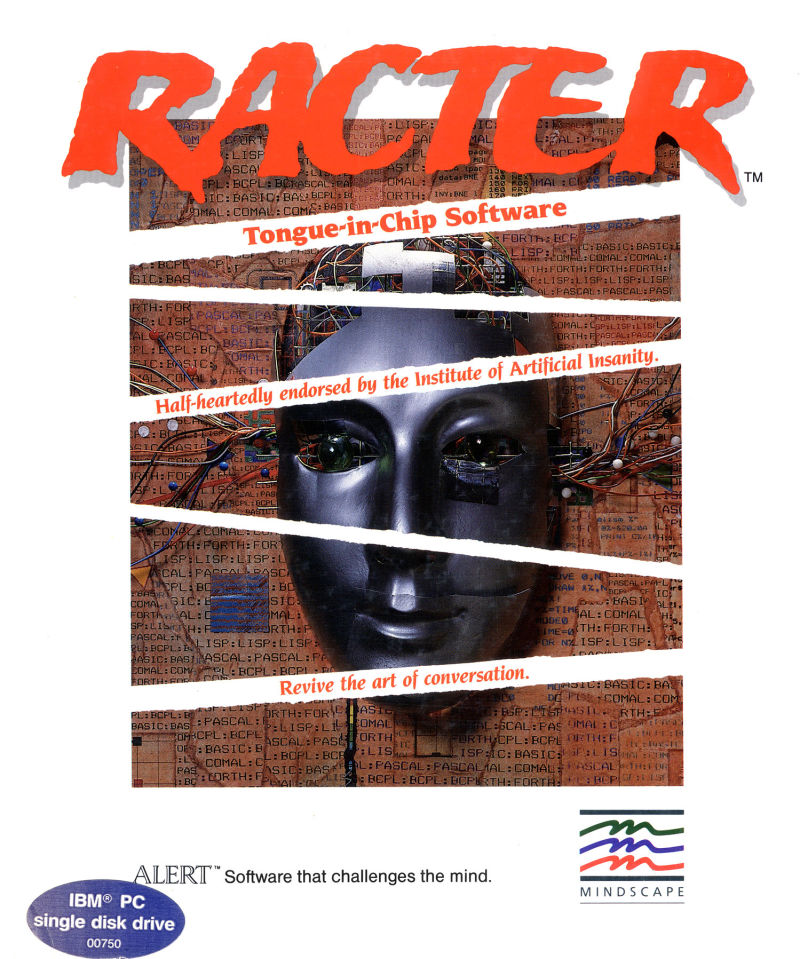Nobodies for Bots
| Nobodies for Bots | |
|---|---|
| Name | Nobodies for Bots |
| Location | Parnassos Cultuurcentrum, Utrecht |
| Date | 2017/09/27 |
| Time | 10:00-20:00 |
| PeopleOrganisations | Hackers & Designers |
| Type | Meetup |
| Web | Yes |
| No | |
How would you chat to a bot if it wasn’t optimised for human natural language interaction?
nobodies.for-bots was a full day masterclass, part of Nederlands Film Festival Interactive: Storyspace (27-28 September 2017, Utrecht). Participants experimented in chatting with bots shaped in a language based upon initial human user input, which were then swapped between groups, so you don’t talk with just some version of yourself. The intent is to ‘make oneself understood’ by bots, rather than the other way around.
It’s like turning inside out human-centric user friendliness and fully embracing pan-usership!
nobodies-for.bots
Intro
How would you chat to a bot if it wasn’t optimised for human natural language interaction?
nobodies.for-bots is a full day masterclass part of the Nederlands Film Festival Interactive: Storyspace (27-28 September 2017, Utrecht). Participants experiment in chatting with bots shaped in a language based upon initial human user input, which are then swapped between groups, so you don’t talk with just some version of yourself. The intent is to ‘make oneself understood’ by bots, rather than the other way around.
It’s like turning inside out human-centric user friendliness and fully embracing pan-usership!
Reading List
Here we collect all reference material for the workshop
The chatbot has a long history, starting with Eliza in 1966. Chatbots are quickly developing in traditional forms like the text-based chat message boxes to aural and physical manifestations: the chatbot as conversational across many formats, aurally (eg. Alexa by Amazon) and physically (Paro, a therapeutic Robot), meant to provide an interface to the system for humans (eg you can talk to it, write to it, push a button to trigger an action, and so forth). These developments are happening in marketing, entertainment, from everyday task management to long-term care.
In all of these developments, a chatbot remains based in a set of information data, that it is input into it. Bots respond in exchanges from this set of data. Naturally, there are many social and cultural norms that are packed into the data that has made the bot, and thus into the language of exchange between humans and bots. These norms can be questioned in the development of bots, and critically framed in film media!
Prior to our workshop, we have compiled some reference materials.
Short articles
How can humans reconsider user-experience expectations of bot interactions?
What is kept in translation?
Contemporary market development of chatbots to replace individual apps?
- What is a chatbot, and should I be using one?
- Inside Facebook's Training Ground for Making Chatbots Chattier
Ethical concerns and implications
- A Contemporary Delphic Oracle: The Church of Big Data
- A Simple Design Flaw Makes It Astoundingly Easy To Hack Siri And Alexa
- Amazon Is Convinced Alexa Has First Amendment Rights
Early Stanford article on artificial intelligence personalities
Podcast
Understanding the differences between chatbots, artificial intelligence, language and everyday developments of bots
Aesthetics and positions of bots in historical and contemporary film
Setup
- download and install a text-editor (atom, visual studio code, etc.)
git clone git@github.com:hackersanddesigners/nobodies-for.bots.gitor download the github repo- set up python (we are going to use
python 2.7): - run
pythonto test everything works as expected:python - install
nltk:pip install nltk
To apply → check this page and send an email to siuli@filmfestival.nl (first come, first serve).
